- Why Are Multiple Domain Extensions Essential?
- Choosing the Right Domain Extensions: A Strategic Approach
- Protecting Your Brand with Multiple Domain Extensions: A Defensive Strategy
- Domain Extensions Management: Staying Organized
- Investing in Your Brand's Future: Domain Extensions as a Long-Term Asset
Domain Extensions: Protect Your Brand With Multiple (Essential) Extensions
Domain extensions play a crucial role in establishing a strong online presence and safeguarding your brand. Choosing the right extension is more than just an afterthought; it’s a strategic decision that can significantly impact your brand’s visibility, credibility, and protection against online threats. While a .com domain might seem like the default choice, diversifying your domain portfolio with multiple extensions is an essential strategy for comprehensive brand protection in today’s digital landscape.
Why Are Multiple Domain Extensions Essential?
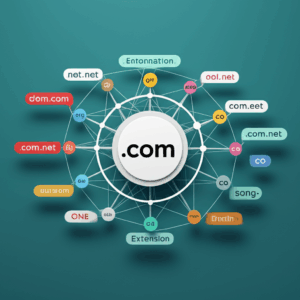
Owning multiple domain extensions provides a multi-layered defense against cybersquatting, typosquatting, and other forms of online brand abuse. Cybersquatters register domain names similar to established brands, hoping to profit from the brand’s reputation or redirect traffic to their own sites. Typosquatters capitalize on common spelling errors users might make when typing a web address. By securing variations of your brand name across different extensions, you reduce the risk of these malicious actors exploiting your brand’s hard-earned recognition.
Furthermore, multiple domain extensions can improve your search engine optimization (SEO) efforts. While the impact of having multiple extensions on rankings is debated, owning relevant extensions can improve click-through rates. For example, if you operate a business in the United Kingdom, owning a .co.uk extension in addition to your .com can signal to both users and search engines that you are specifically targeting that market. This can lead to increased visibility in local search results.
Choosing the Right Domain Extensions: A Strategic Approach
Selecting appropriate extensions is a strategic decision that requires considering your target audience, industry, and long-term goals. Here’s a breakdown of factors to consider:
.com (Commercial): Remains the most recognized and trusted extension globally. It’s often the first choice for businesses, regardless of their location. Securing a .com is generally recommended as a foundation for your online presence.
.org (Organization): Traditionally used by non-profit organizations, charities, and foundations. Using a .org can enhance trust and credibility for organizations within this sector.
.net (Network): Originally intended for network infrastructure companies, .net is now a versatile extension suitable for a wide range of businesses, particularly those in the technology sector.
Country Code Top-Level Domains (ccTLDs): These extensions are specific to individual countries (e.g., .uk for the United Kingdom, .ca for Canada, .de for Germany). Using a ccTLD can improve local SEO and target specific geographic markets.
New Generic Top-Level Domains (gTLDs): These newer extensions offer more specific and descriptive options, such as .tech, .online, .store, and .blog. They can help businesses create a more targeted and memorable online identity.
Protecting Your Brand with Multiple Domain Extensions: A Defensive Strategy
Beyond preventing cybersquatting and typosquatting, registering multiple domain extensions offers a robust defense against brand dilution and strengthens your overall brand identity. Diversifying your domain portfolio also allows you to:
Control Your Brand Narrative: Owning multiple extensions ensures that you control the content associated with your brand name across different parts of the internet. This prevents misinformation and protects your brand reputation.
Target Different Market Segments: Utilizing extensions like .shop or .events allows you to create dedicated online spaces for specific products, services, or promotional campaigns, further enhancing your brand experience.
Redirect Traffic to Your Main Website: You can redirect traffic from your secondary domain names to your primary website, consolidating your online presence and maximizing your reach.
* Future-Proof Your Brand: As your business grows and expands into new markets or product lines, owning multiple domain extensions provides the flexibility to adapt and evolve your online presence.
Domain Extensions Management: Staying Organized
Managing multiple domain extensions requires organization. Consider utilizing a domain management service to streamline the process and ensure renewals are handled promptly. Keep a detailed record of all registered domains, their expiration dates, and the associated hosting accounts.
Investing in Your Brand’s Future: Domain Extensions as a Long-Term Asset
While the initial investment of registering multiple domain extensions might seem like an added expense, it is a strategic investment in the long-term health and security of your brand. The cost of recovering a domain name from a cybersquatter can be significantly higher, both financially and in terms of brand damage. By proactively securing relevant domain extensions, you are safeguarding your brand’s online presence, enhancing its credibility, and building a robust foundation for future growth.

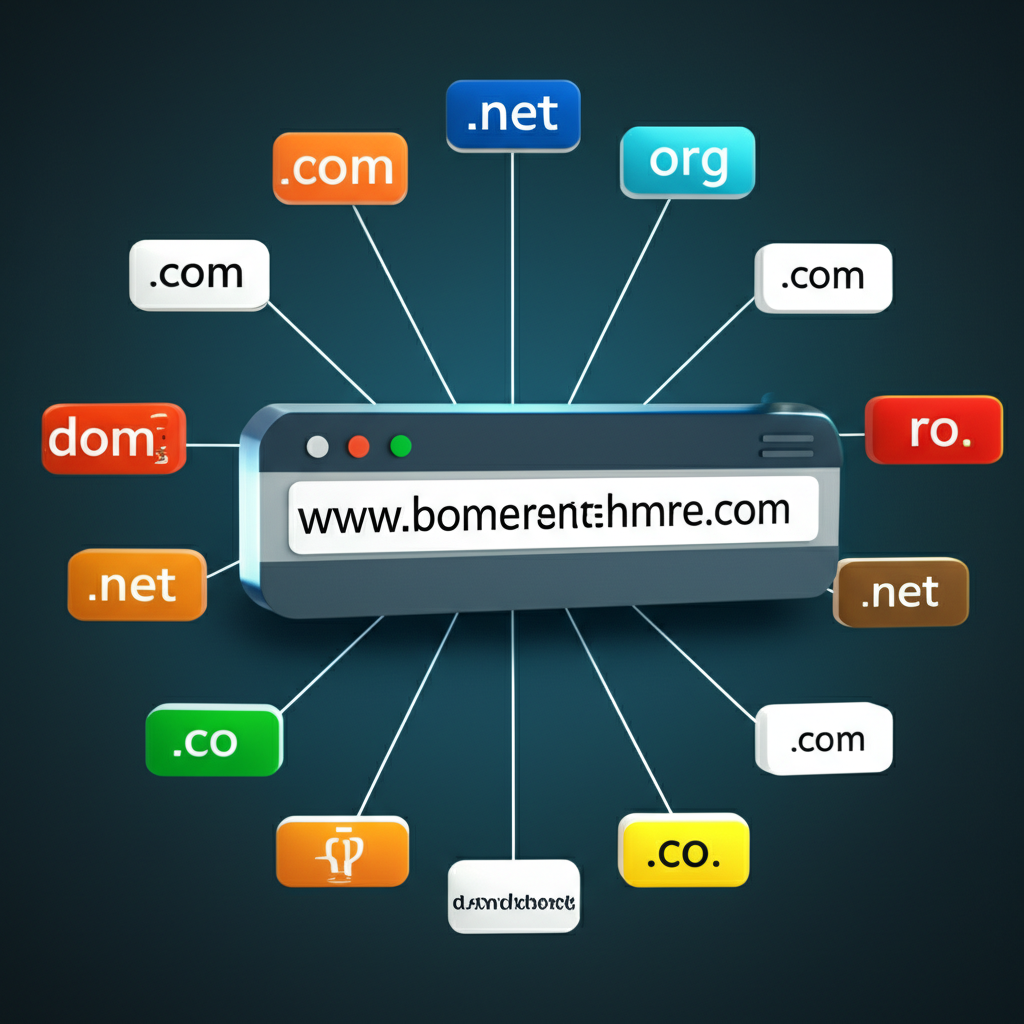


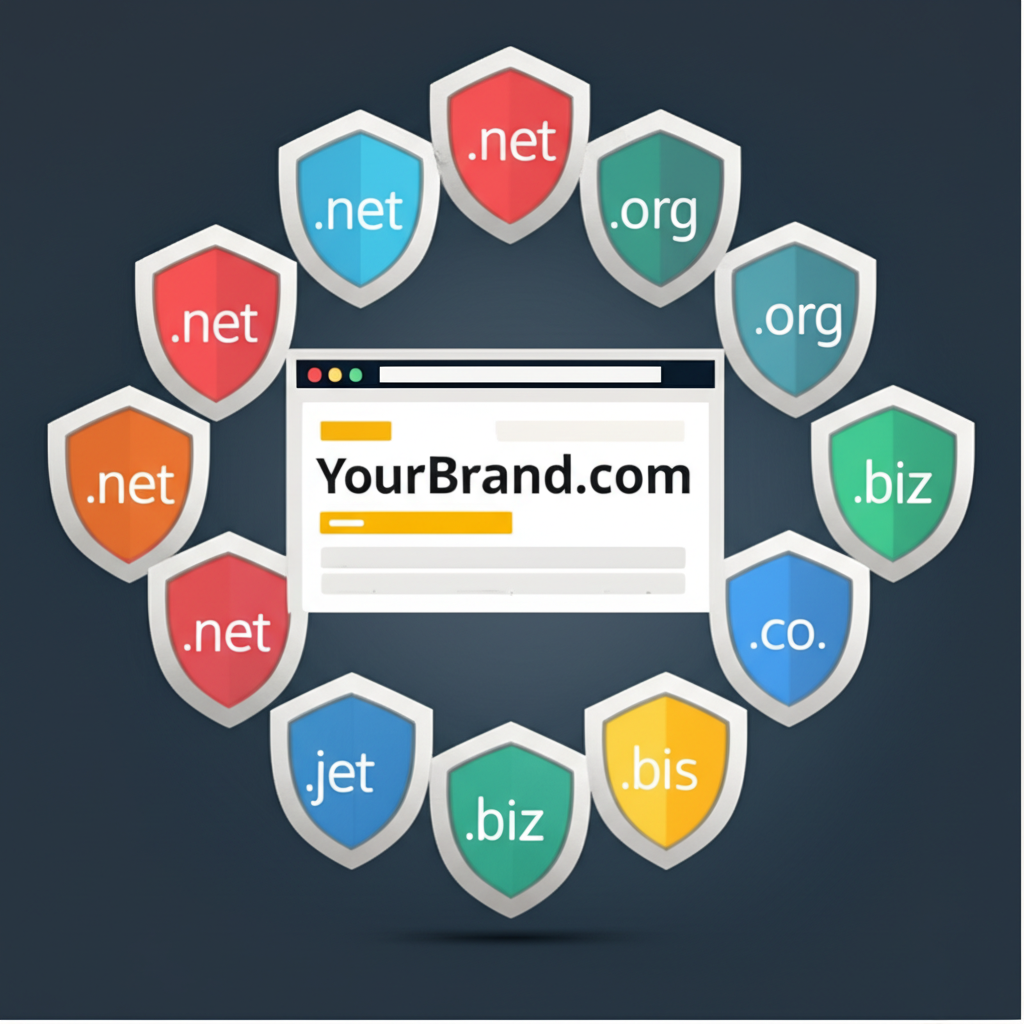
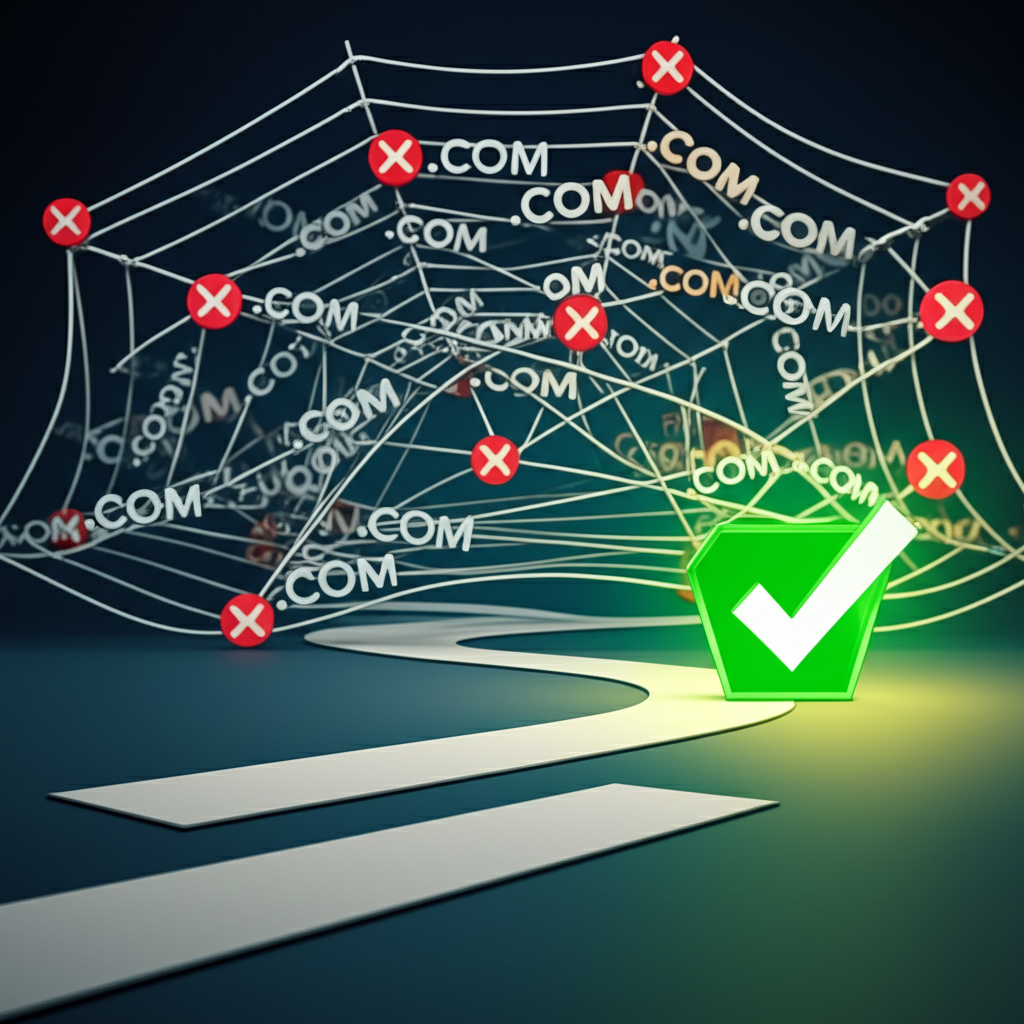

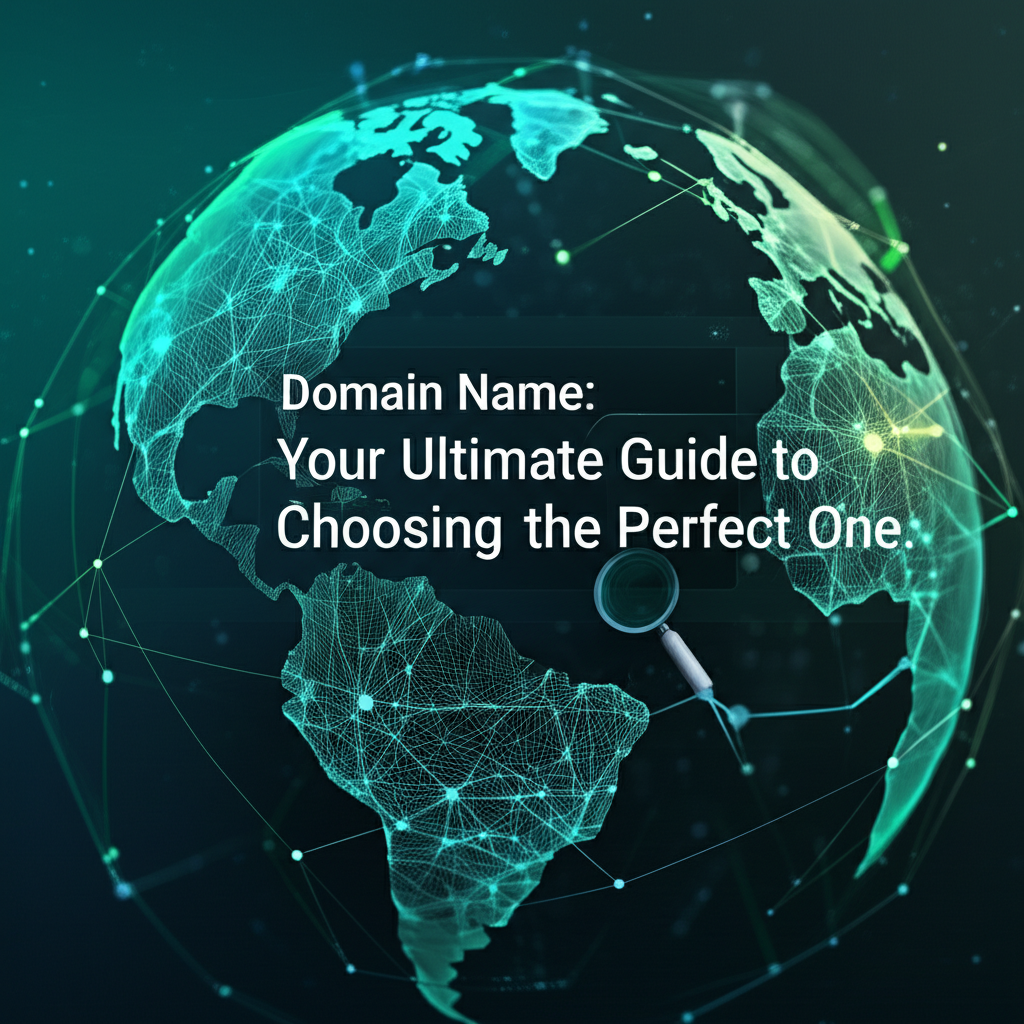

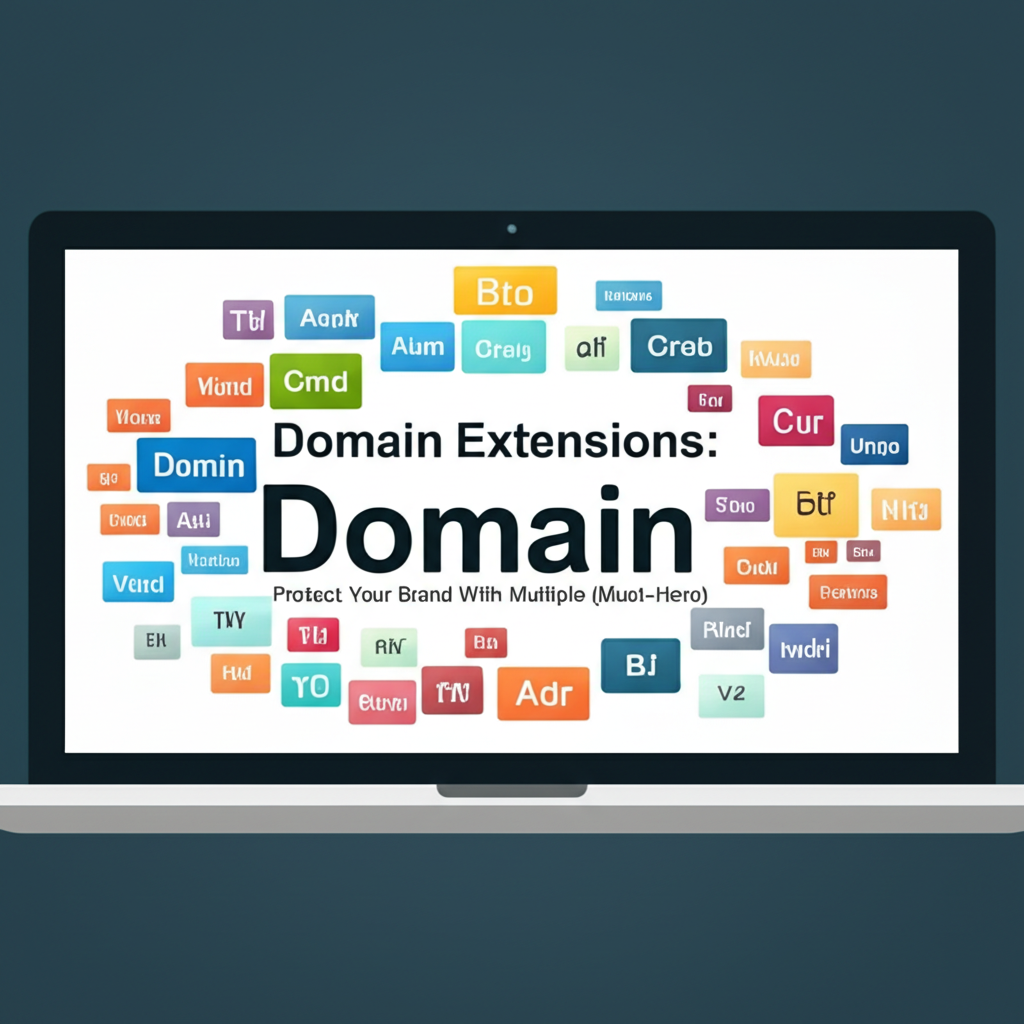

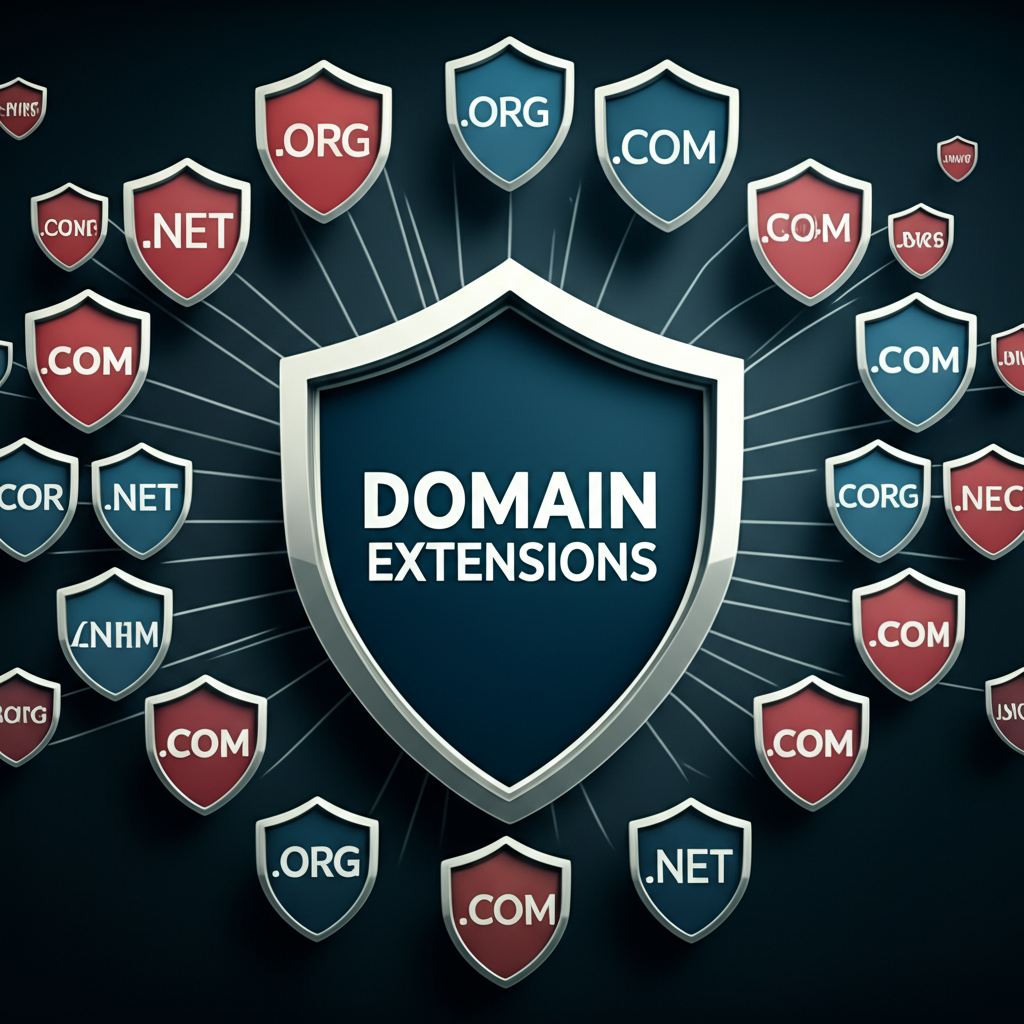



Leave a Reply